Sketching is a hot topic regardless of the people having the discussion, but I have learned over the last nine years of writing this site that sketching is one of the more hotly contested topics. While few architects would dispute the value in sketching, HOW that sketch is generated seems to fall into camps of individuals: Team Analog versus Team Digital and I don’t think anyone would be surprised to learn that the age of the individual seems to decide (more times than not, but not a guarantee) which camp an individual belongs.
These are the show notes to accompany the 3rd Life of an Architect podcast, and I hope that these notes will help bridge the gap between a pure blog post and a pure podcast. Unlike some other podcast show notes, my goal – at least for the foreseeable future, is going to include as many graphics as possible to support the podcast content, so that even if you don’t listen to the podcast, there is something here that is of value. I will also concede that after several lengthy conversations with my wife, I have finally conceded to her point that I should include links to the items I mention or reference so that you don’t have to go hunt them down yourself. This was a practice that I have generally avoided since I started writing this blog, but hopefully, this is also of some value.
So let’s get to it!

Architectural Sketching – or – How to Sketch like Bob Borson (6:40 mark)
Without trying to present you with false modesty, I am fairly comfortable with my ability to sketch … but this was not always the case. A friend of mine gave me a handful of tips that made a fundamental change to how my sketches appeared. While I don’t typically draw perspectives or try to capture the mood of a space, I have been sketching almost daily to create the sorts of sketches I do produce.
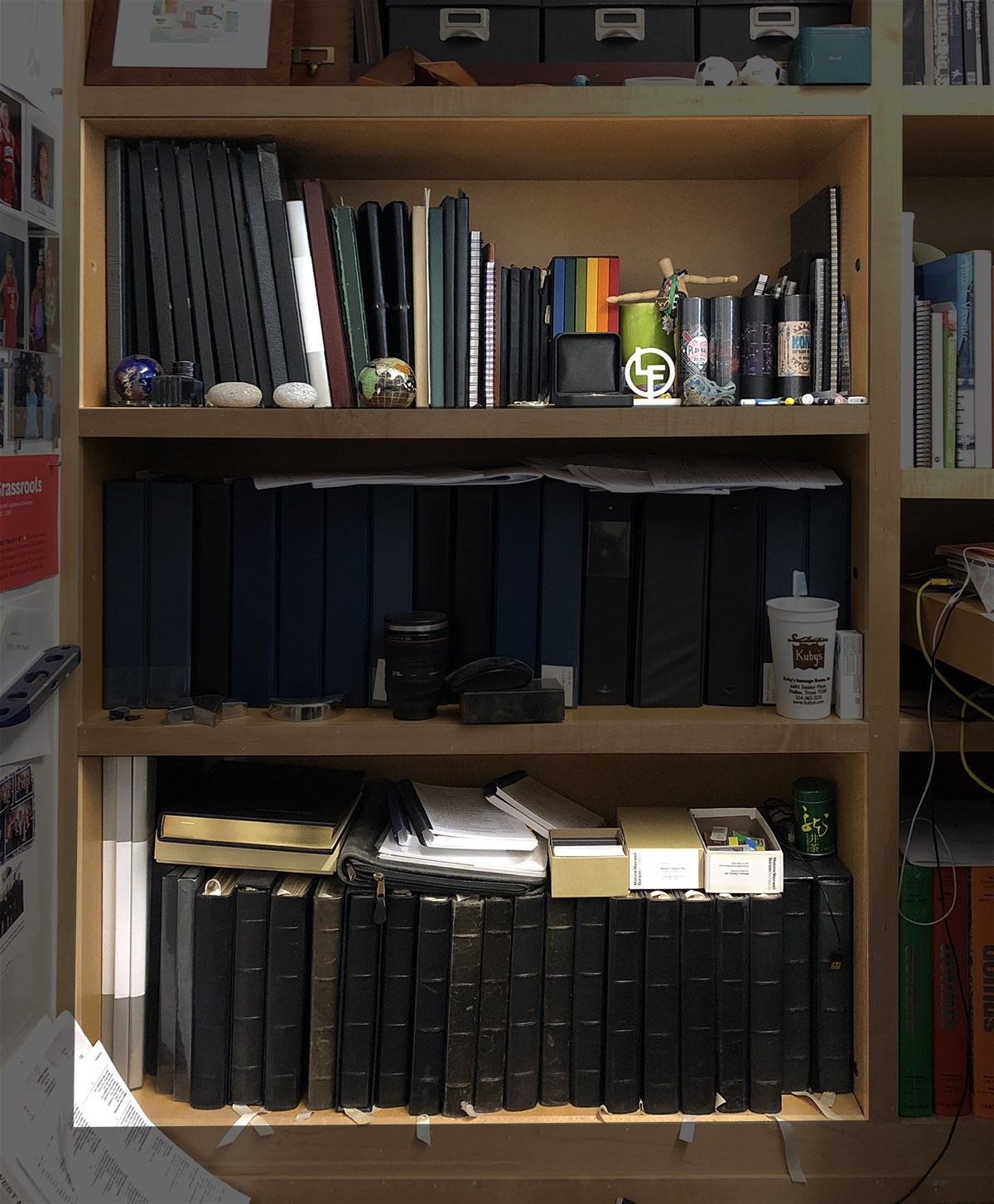
Sketchbook (36:04 mark)
My business partner Michael Malone is many things, and right at the very top of traits I would assign him is prolific sketcher. He literally is at it every single day and his sketches are rather amazing and absolutely recognizable in their style. I have no doubt that I could pick one of his sketches out amongst thousands of other sketches. The image above is a cabinet in Michael’s office and you can see that lining a few of the shelves are loads and loads of sketchbooks. Towards the top are fairly simple, hardback covered volumes, whereas on the bottom are these incredibly nice leather-bound volumes – all of which represent decades worth of ideas and thoughts.
Almost 4 years ago I wrote a post on sketchbooks and Michael’s handiwork is on full display in this post – Architectural Sketchbooks.

These leather-bound sketchbooks are ridiculously nice – almost too nice for me – but Michael uses these types of books to record meeting notes and other “this is what’s going on in my life” sort of items. He has been buying these 8.75″ x 11″ leather journals from Graphic Image for decades – and they certainly have an archival feel to them.

The pages are lined and while Michael does produce sketches in them, they are primarily used for record notes and for keeping track of other items …
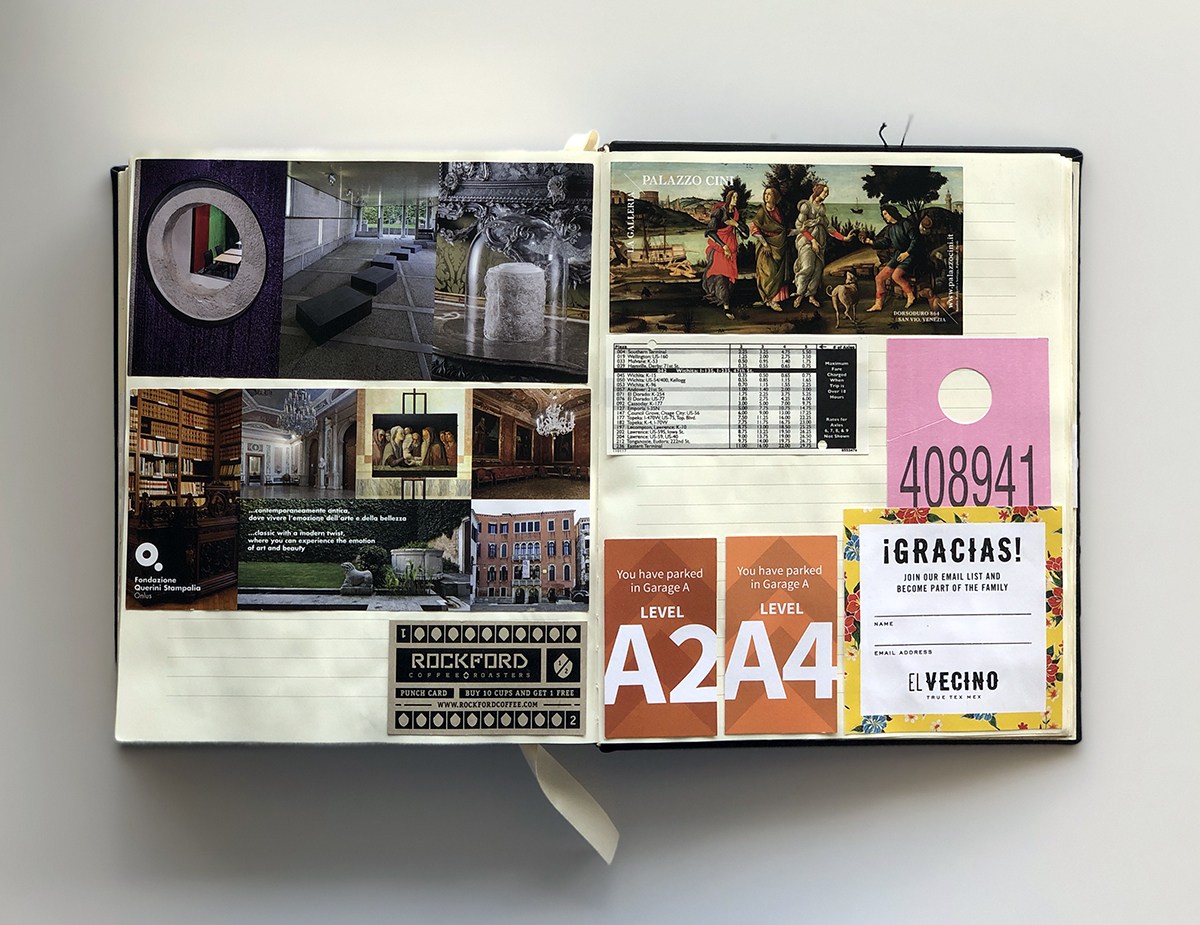
Like parking passes, museum receipts … even stickers from jeans. While it might sound a bit random, when taken in as a whole, they are ridiculously cool.
And then there are the “regular” sketchbooks that both Michael and I use – they aren’t anything fancy …
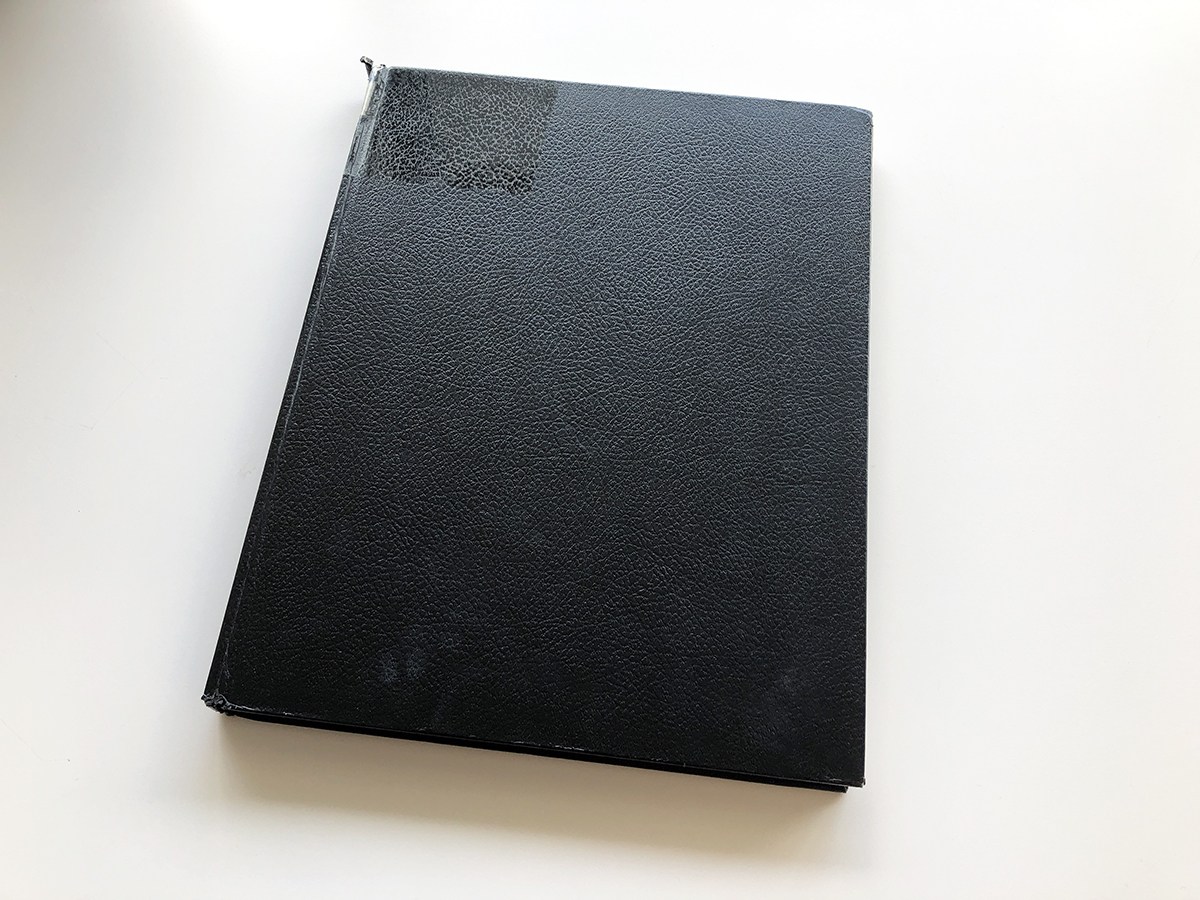
See? Nothing fancy and if I’m being honest, while they take a fair amount of abuse, they aren’t indestructible. I have a few that are in fine working order that dates back to 1990 … but they sorta look like they date back to 1990. Almost all of mine are 8.5″ x 11″ hardback books from Strathmore but Michael said he also buys Canson sketchbooks as well.
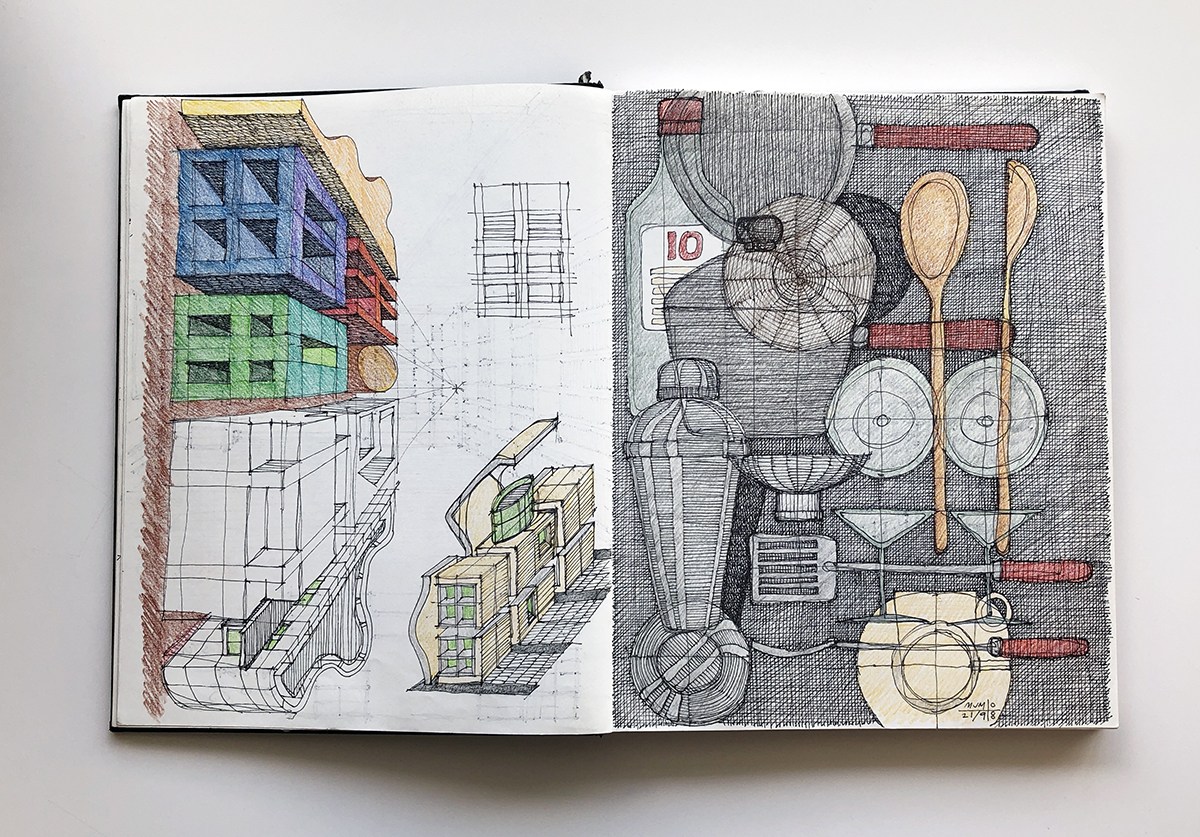
In addition to design concept sketches, Michael will put anything that motivates him in these sketchbooks.
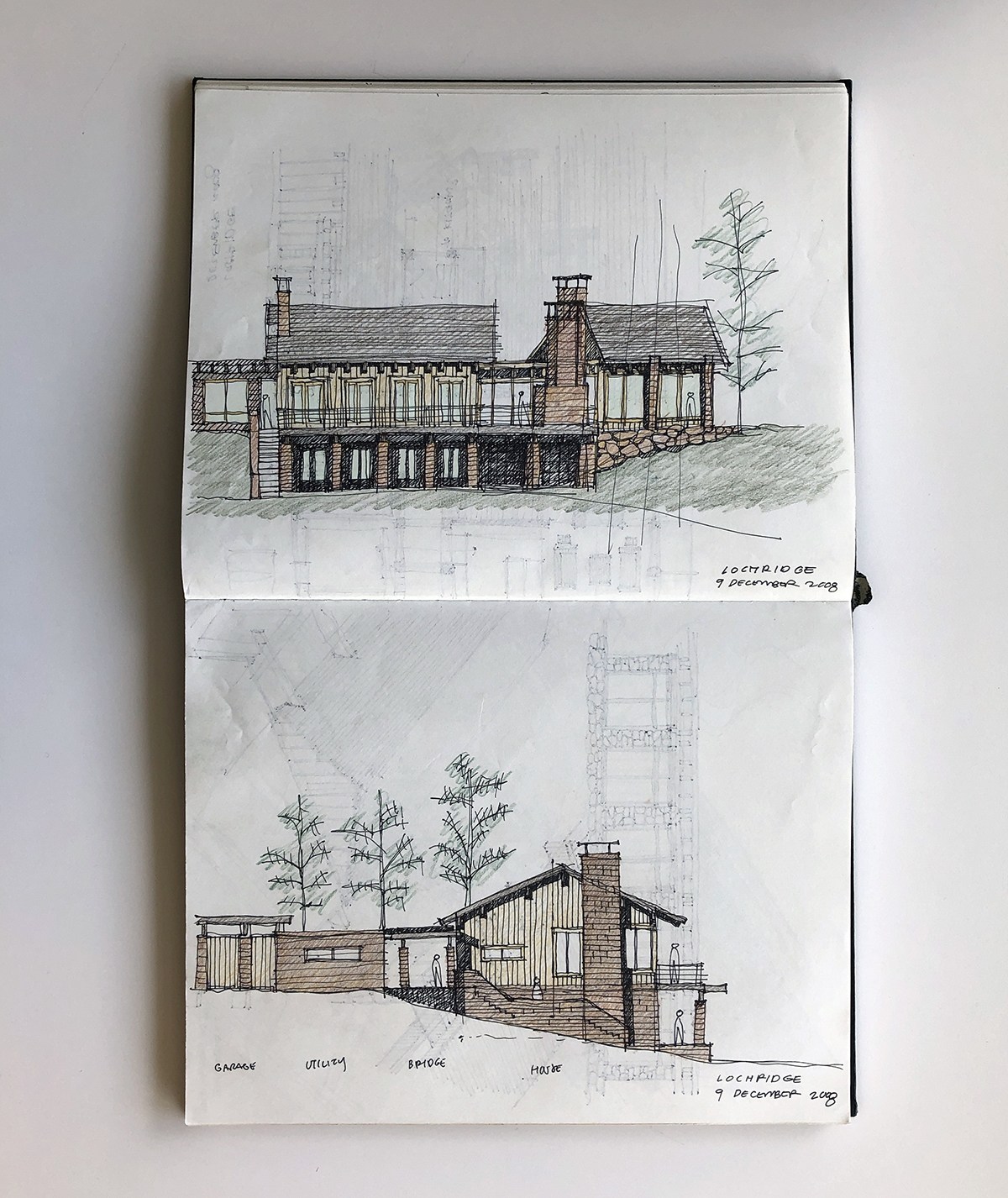
And you can see how the ink is bleeding through the pages … these are not precious drawings, but they are worth holding on to as a reminder of a process of an idea.

Apps for Sketching (26:33 mark)
I don’t personally use any digital applications to produce my sketches. I have tried a few apps out but found that almost every single one pulls me out of my head and forces me to think about the technology I am using to create them … which I absolutely hate. I like to have a few moving parts between my brain and the output I am creating as possible. I have no doubt that if I choose a particular app and worked at using it over and over, this “process” would be removed. My friend Lora Teagarden uses a digital sketching application called “Paper” to produce her ARE Sketches books and after watching her use this application for the last few years, I feel comfortable in saying that it works for her.
My other concern with producing sketches using digital media is that I already lose all sorts of information that is stored digitally. I have 3 active computers and a handful of external hard drives. Just the content that I have created for this website requires almost 2 TB of storage and are spread out over 3 devices. Whenever I need to go dig something out of “the archive”, it makes my whole body hurt.
I tend to use disposable white trace paper for the majority of my sketching, but that doesn’t mean I don’t have my own sketchbooks.
Bob’s trip to Europe (36:45 mark)
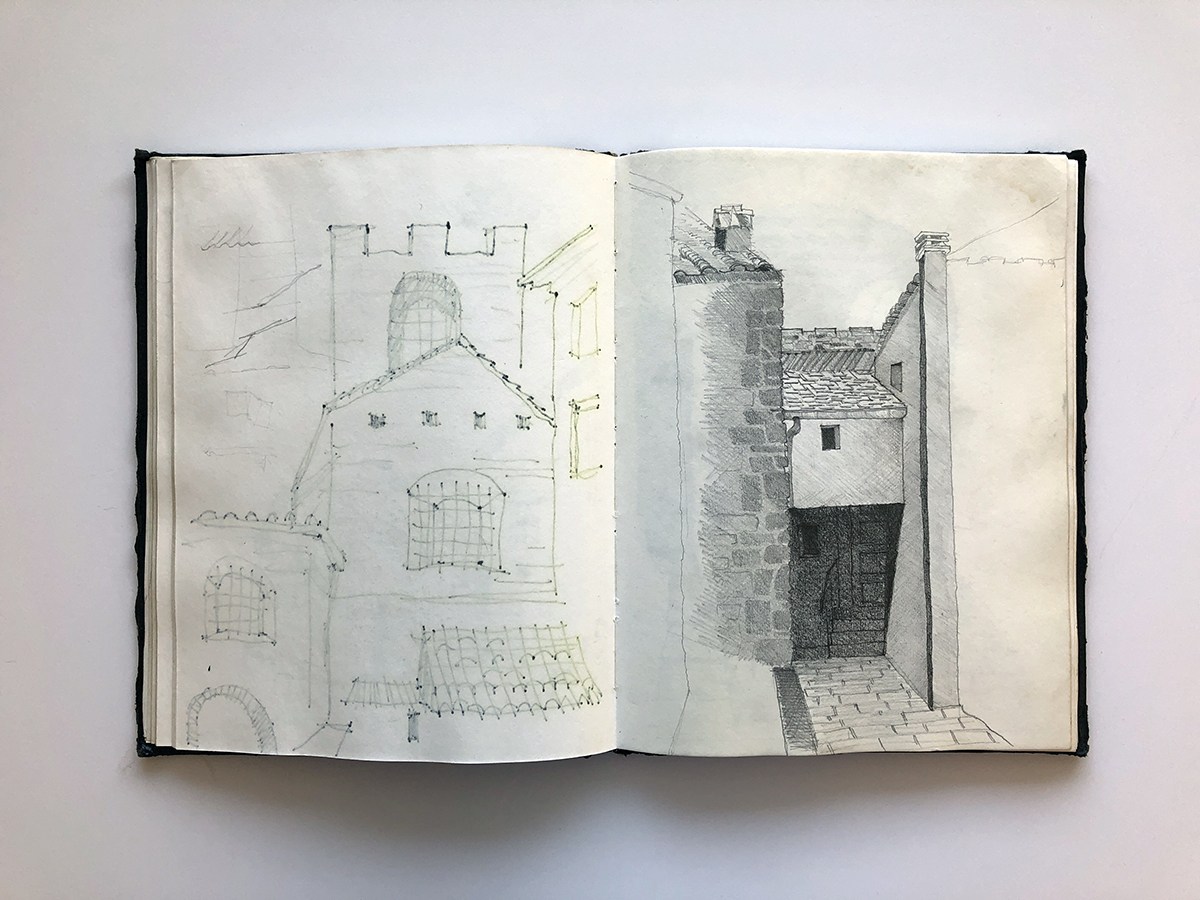
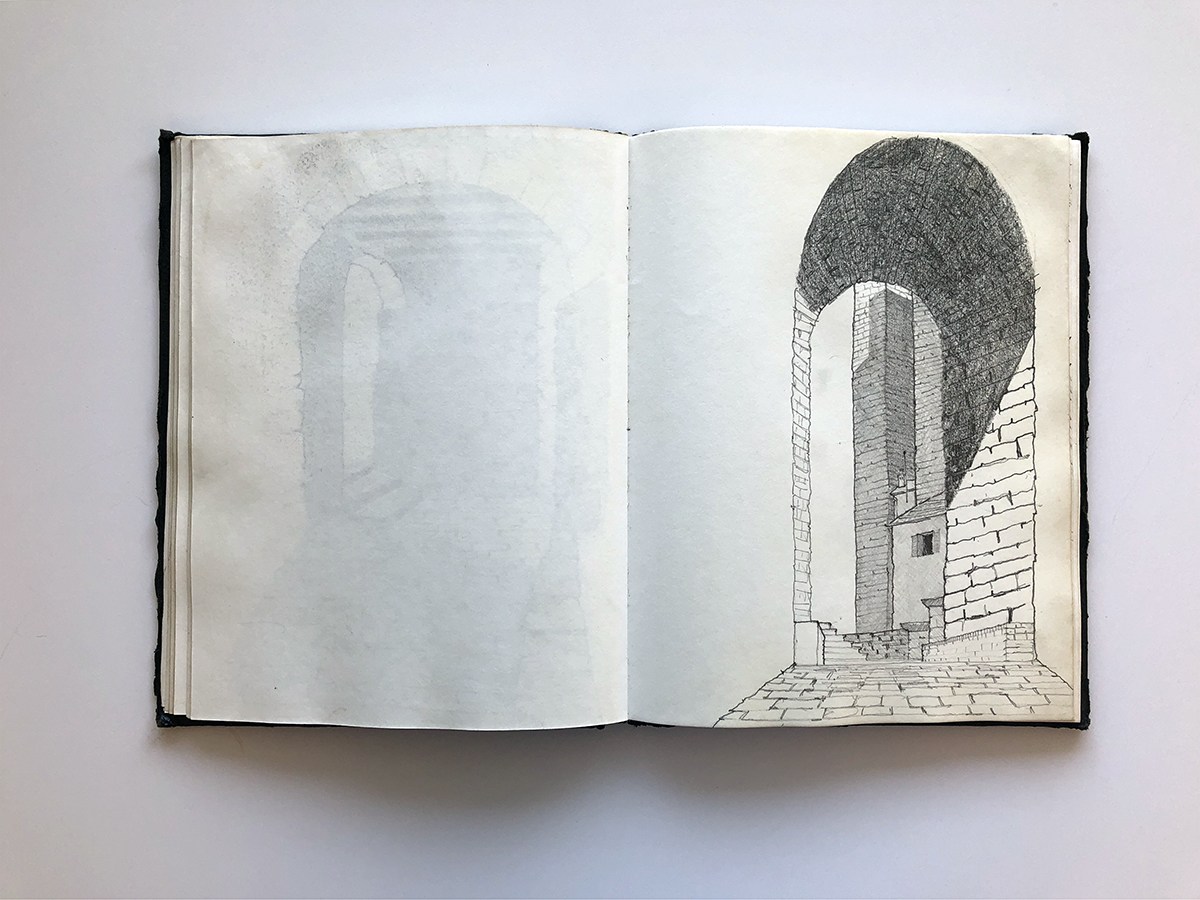
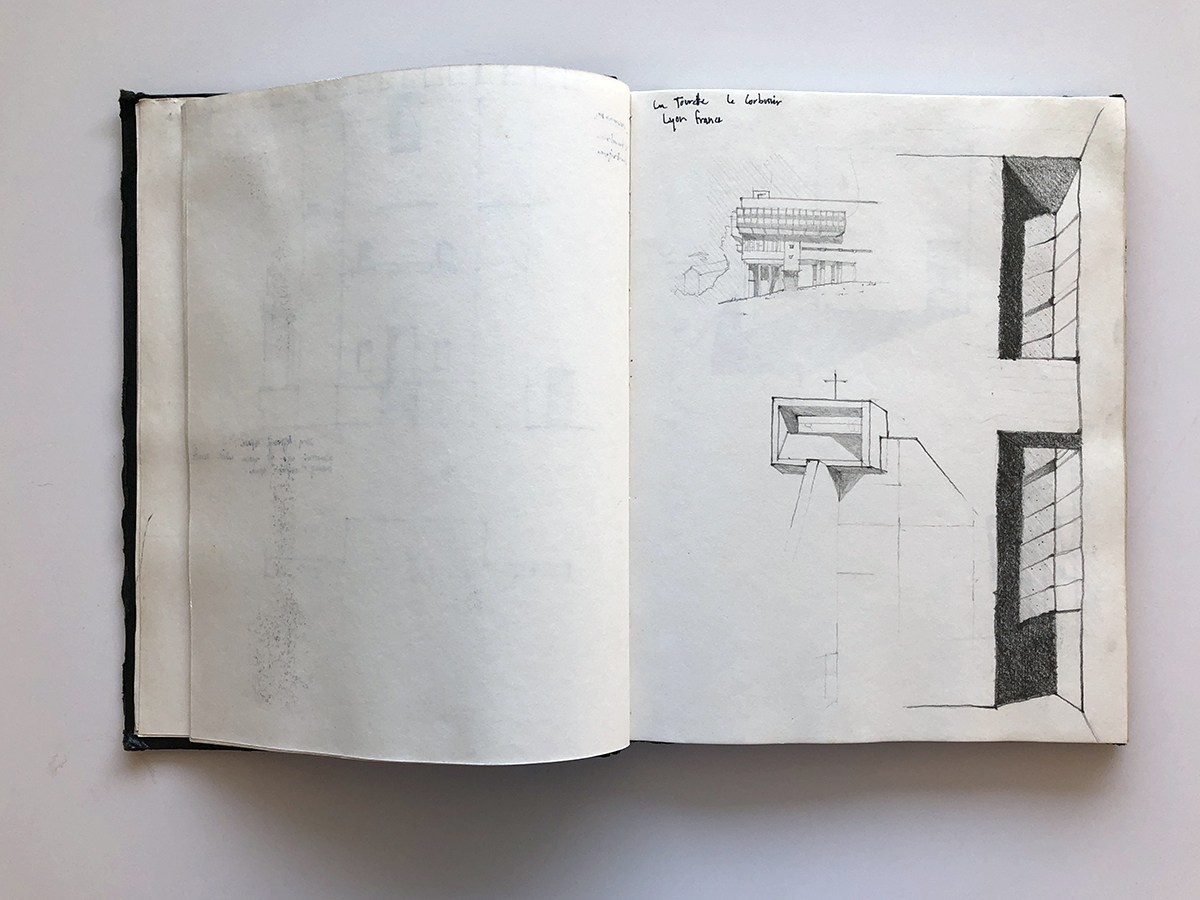
I have a handful of sketchbooks sitting on my library shelves at home, but I don’t think I’ve meaningfully contributed to one in 10-15 years.
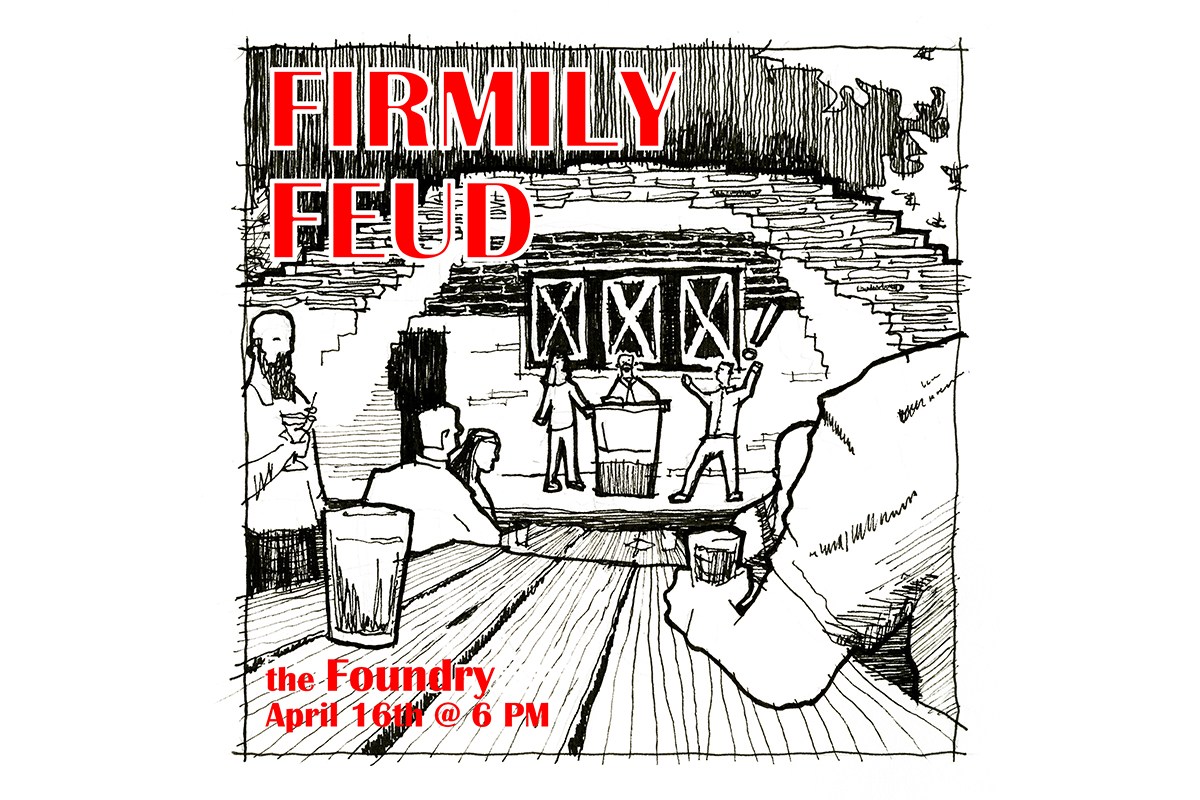
Landon Williams Sketch (40:45 mark)
This is a sketch that Landon created for the Dallas AIA for a public outreach event that takes place at a local brewhouse.
Landon’s Recommend Book (41:10 mark)
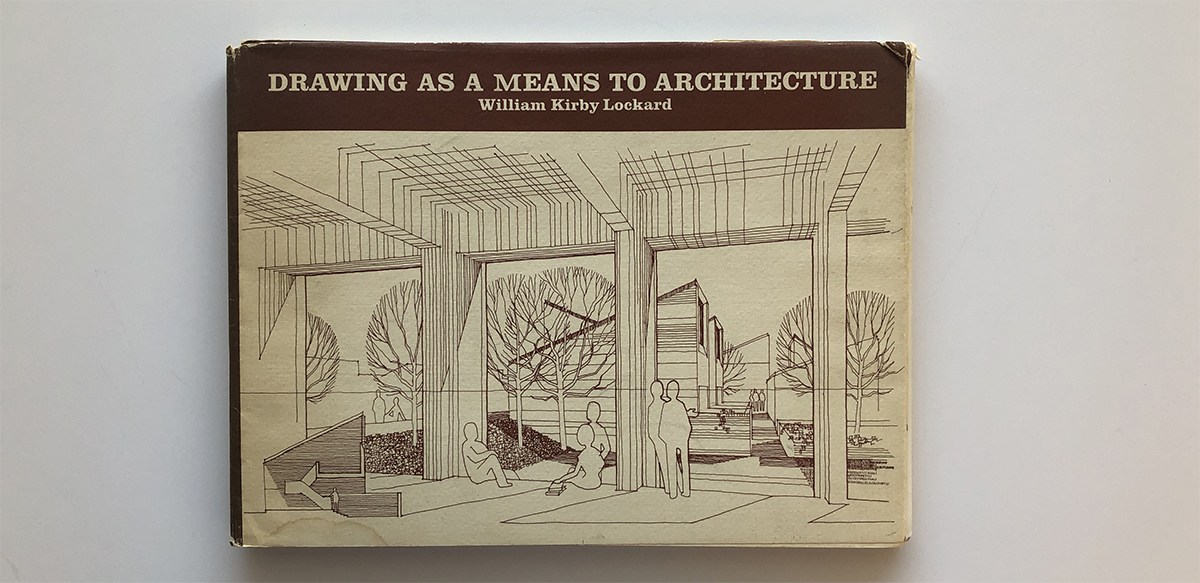
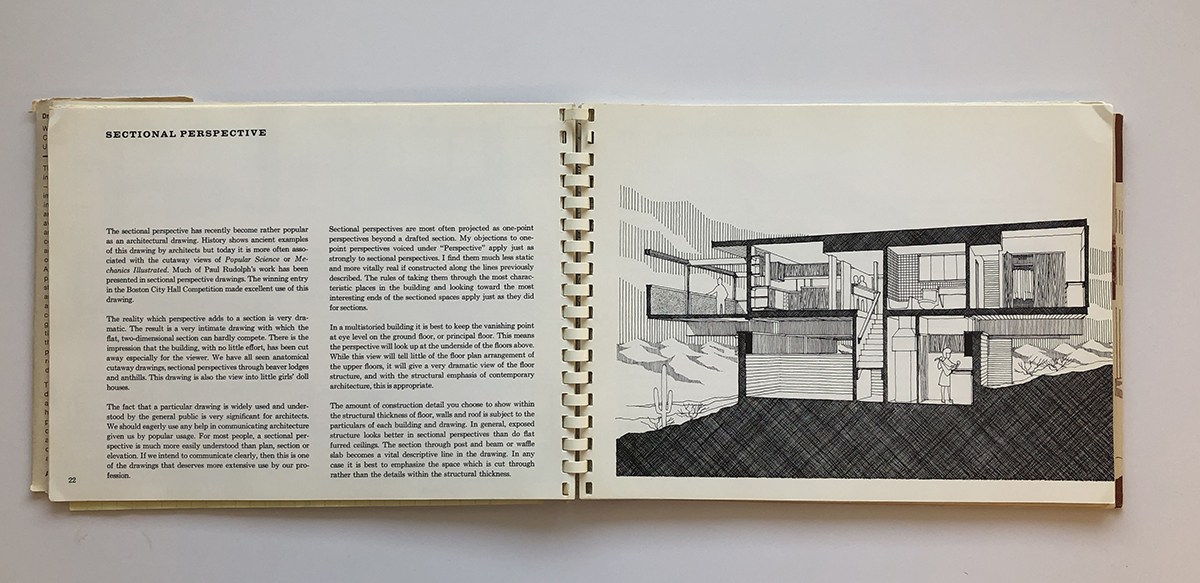
Bob’s Recommended Book (42:42 mark)
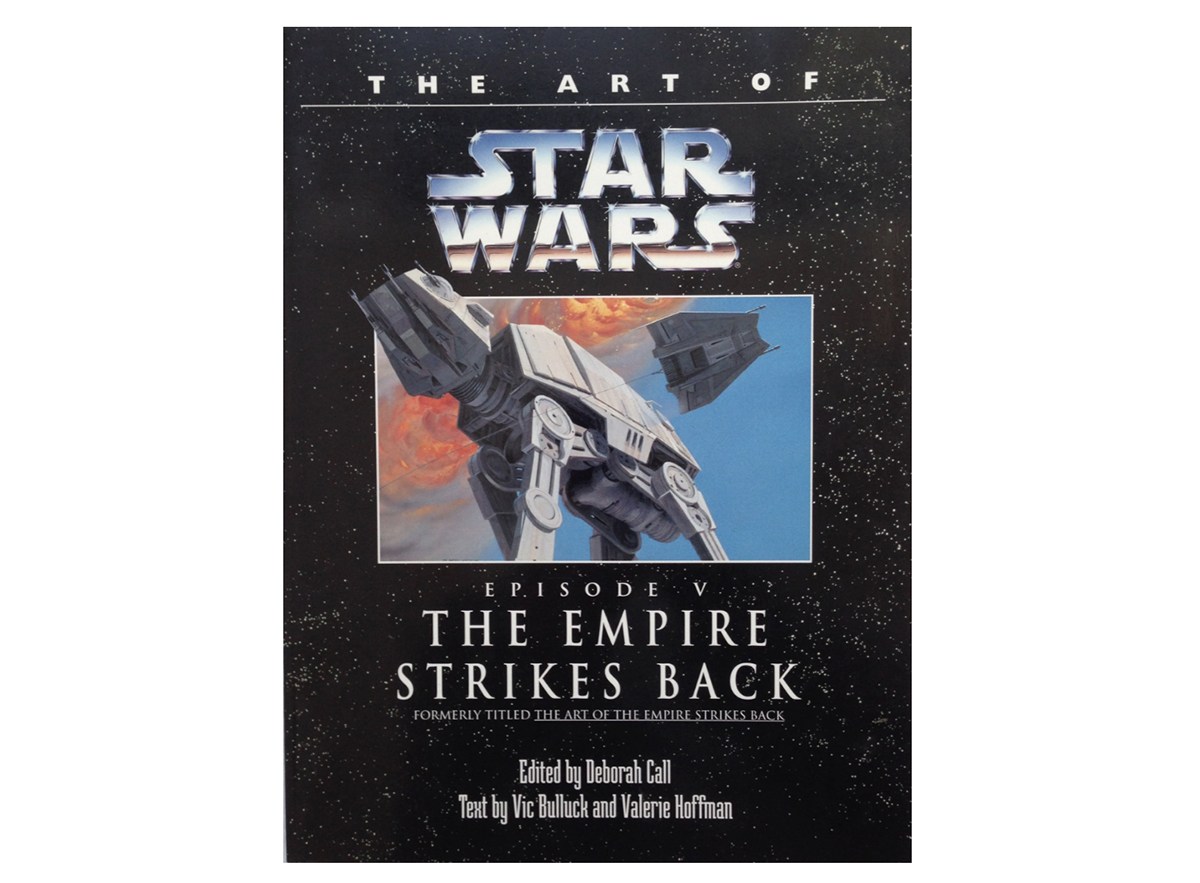
The Art of Star Wars – The Empire Strikes Back
If you are already familiar, or just don’t feel like messing around and have $160 to spare, then you need to get Star Wars Art by Ralph McQuarrie. This book will be on the 2018 list of What to Get an Architect for Christmas – consider this a sneak peek.
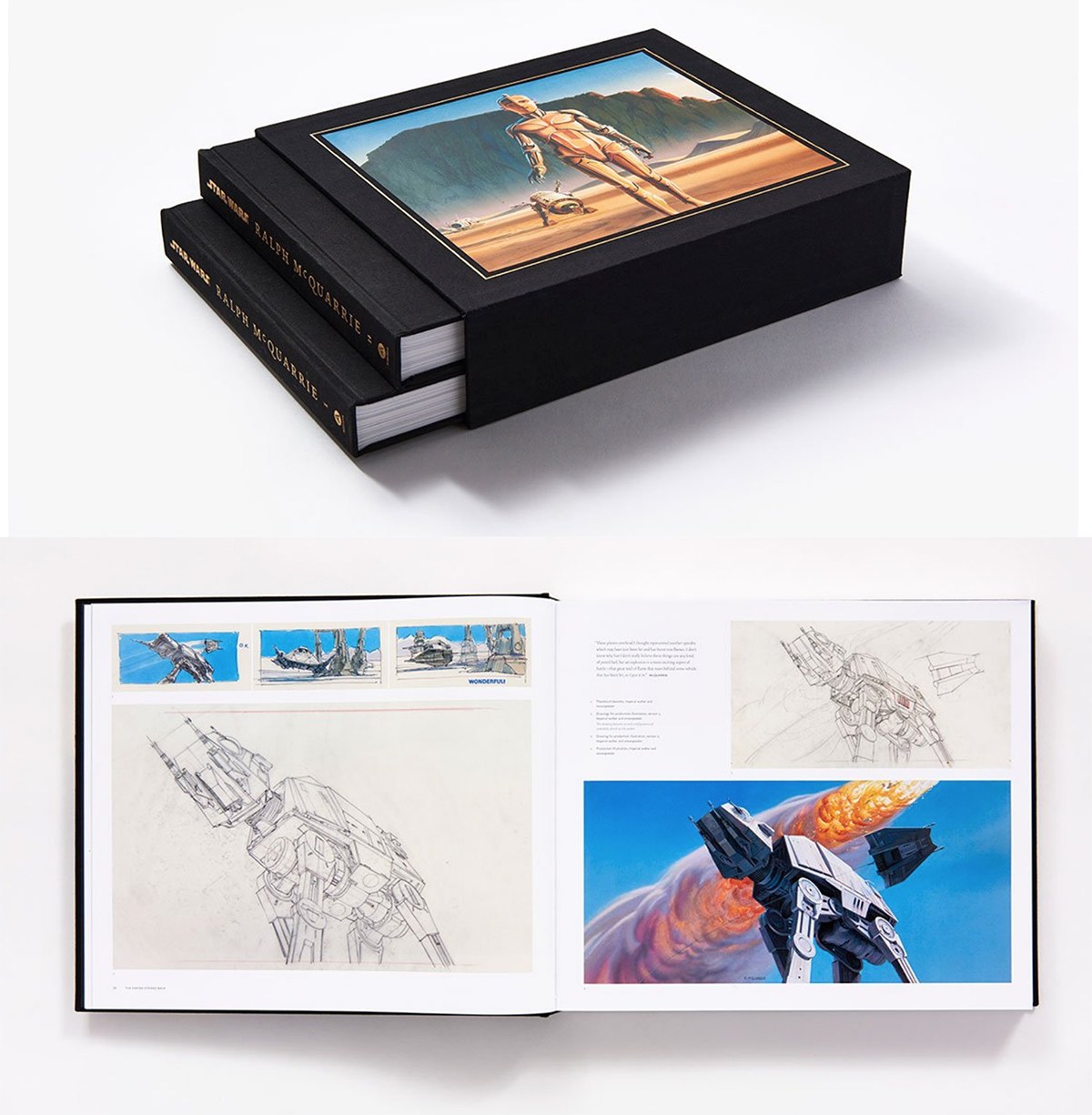
I can tell you that this book is amazing and regardless of your interest in Star Wars, the graphics in this book alone make it a worthwhile purchase.
From here on out, there isn’t anything other than links to the items mentioned in the post – consider this a fulfillment of my wife’s request to make finding this stuff a lot easier. These are the products I use every single day and I am happy to recommend them to others.
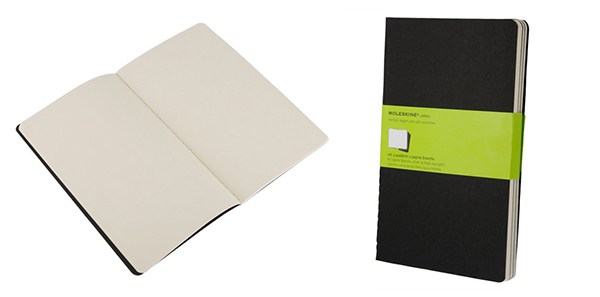
Moleskine Cahier Journal (Set of 3), Extra Large, Plain, Black, Soft Cover (7.5 x 10) – $20
I’m a big advocate of sketching, despite the fact that I am not particularly adept at my own sketching “style”. I get a lot of Moleskine journals as gifts but the one I’ve listed above is my favorite. These journals are small enough so that my “doodles” can fill the page. I also like that these journals have a heavy card stock cover rather than being leather-bound. I personally feel that the really nice ones can be a little intimidating to sketch in – they seem a little precious to me. Since half of my sketches are total clunkers, the Cahier journals seem just a bit more forgiving.
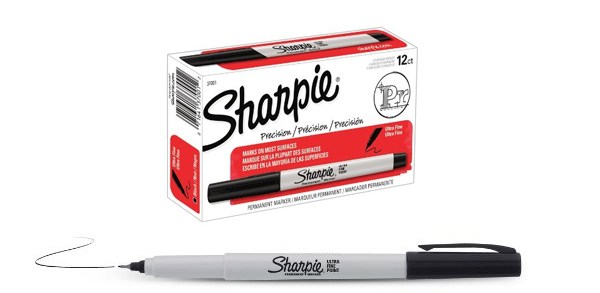
Sharpie Ultra Fine Tip pens – $6
These are the pens I use for all my sketching and they are – without a doubt – the very best.

and for some pen weight … get Sharpie Fine Tip pens – $6

White Trace Paper – $12
Trace paper, bum wad, onion skin, trash paper – whatever you want to call it, it’s the lifeblood of a designer. Trace paper is just what it sounds like – a semi-transparent paper that allows you to layer drawing upon drawing on top of one another, which allows you to evolve your design through iterations.
We hardly began to scratch the surface of sketching in this first “Architectural Sketching” podcast so I know that there will be others that will follow. Most likely, once we feel like we’ve mastered the ability for Landon and me to record ourselves, we will have a guest on who feels passionate about sketching within the digital realm – a side of the conversation that was missing in this maiden discussion. Until then –
Cheers,







